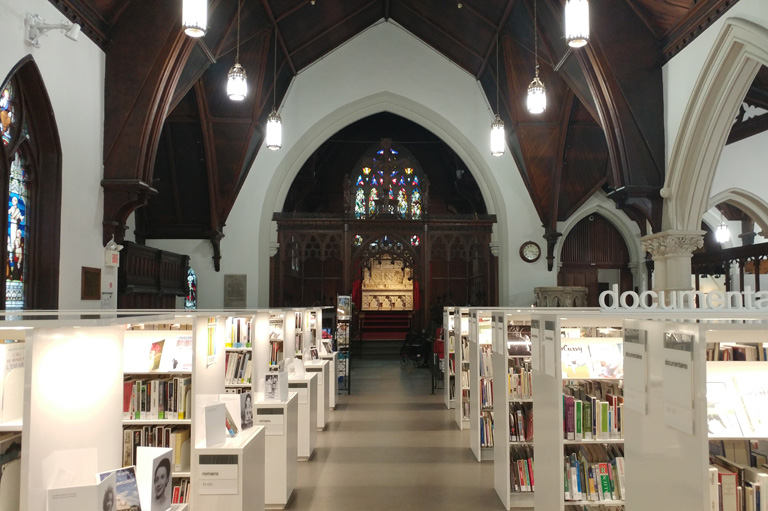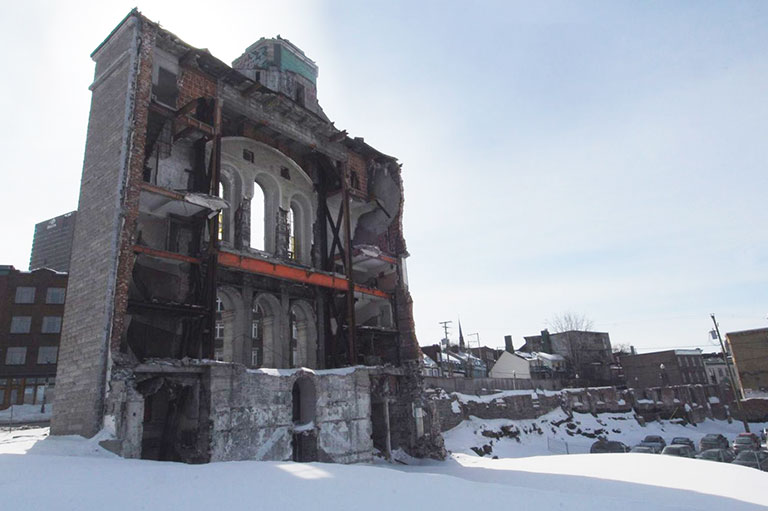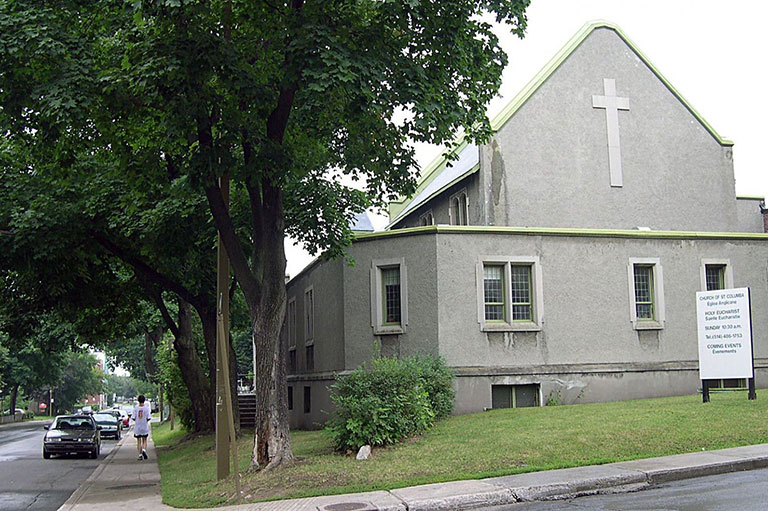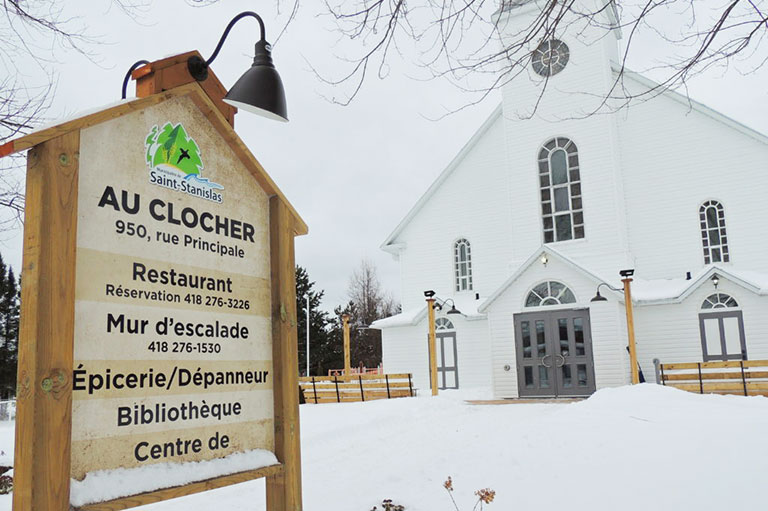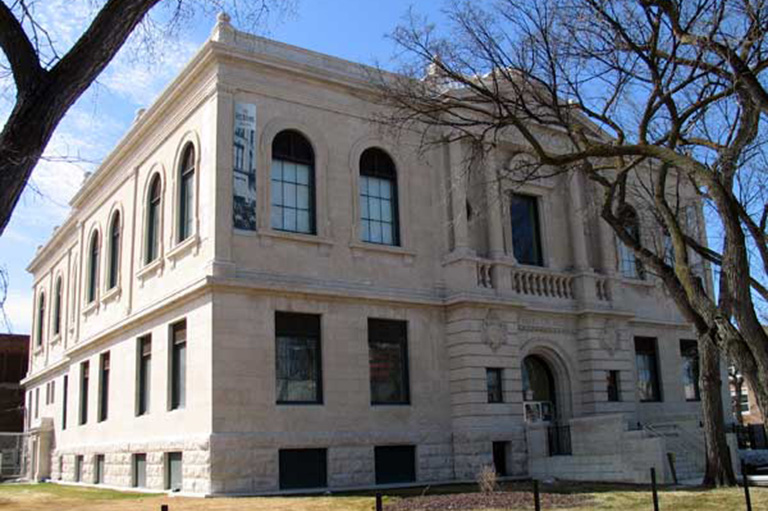Transforming Religious Heritage: Canada
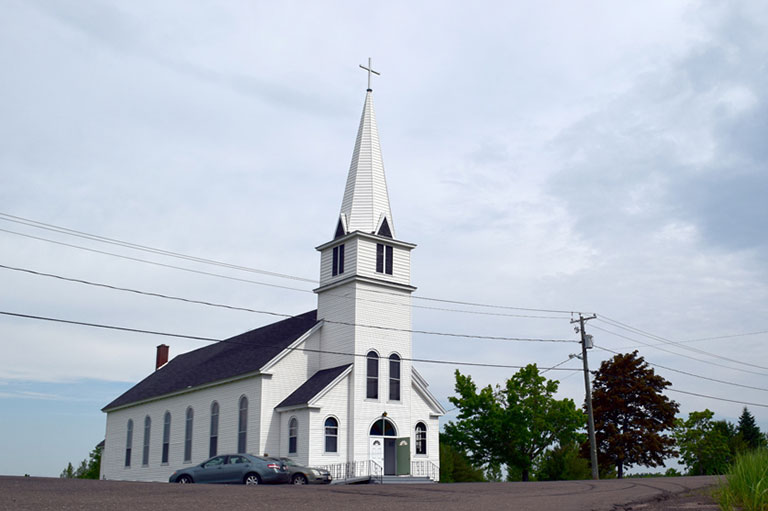
In Canada’s ten provinces and three territories, several places of worship of undeniable historical importance have been transformed, closed down, or destroyed. Each place has its own unique history, as well as stakeholders that have played key roles in the safeguarding—or destruction—of churches and other religious sites.
Some of the transformations are remarkable, both in their approach and their outcome, while others are utterly deplorable. As promised in the first article in this series, in which we outlined the criteria for a successful transformation, we will now take a look at a few remarkable examples throughout Canada.
Success stories...
Maison Étoile (Church of Saint-Norbert-de-Kent) – Saint-Norbert (New Brunswick)
The Church of Saint-Norbert-de-Kent was built in 1956 in the parish of Saint-Norbert, in Acadia. In 2016, the Archdiocese of Moncton, owner of the site, was planning to demolish this place of worship. Marguerite Maillet, a writer from the town, intervened as soon as she learned of the news.
The transformation is a unique one: a centre dedicated to children’s literature, open during the summer season. Completed on a modest budget (around $20,000), Maison Étoile is a demonstration of social involvement and collaboration between the diocesan authorities and the project managers. With this innovative project intended for children from throughout the region, the diocese found a new role for the church, while remaining its owner.
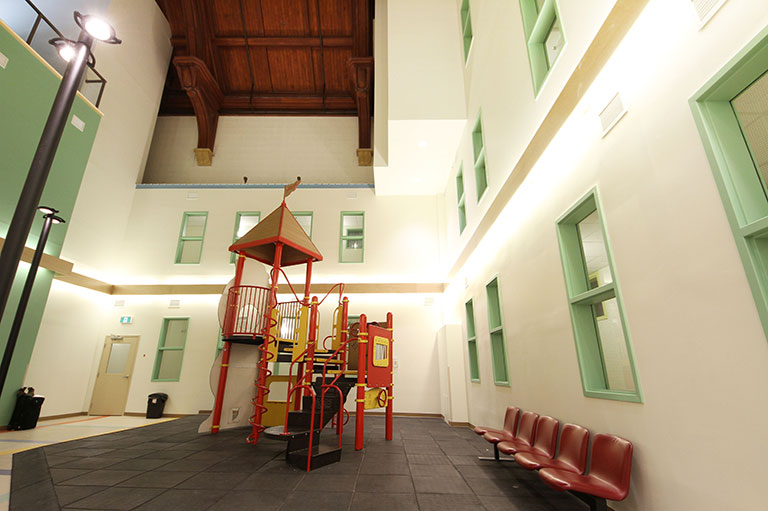
WestEnd Commons (St. Matthew’s Church) – Winnipeg (Manitoba)
Housing projects that respect the criteria for a successful transformation are truly few and far between. WestEnd Commons, in Winnipeg, is one. In the early 2000s, the congregation of St. Matthew’s Anglican Church realized it could no longer afford the expense of maintaining such a large building. The church, built in 1947, was therefore converted into a non-profit housing organization for families in vulnerable situations. The integration of 26 apartments and common areas within the church structure, while preserving its distinctive architecture, is what makes this project so relevant. A smaller place of worship, meeting the needs of the faithful, was also constructed. In brief, WestEnd Commons has proven to be an example of the responsible transformation of a place of worship into housing.
...and examples to avoid following
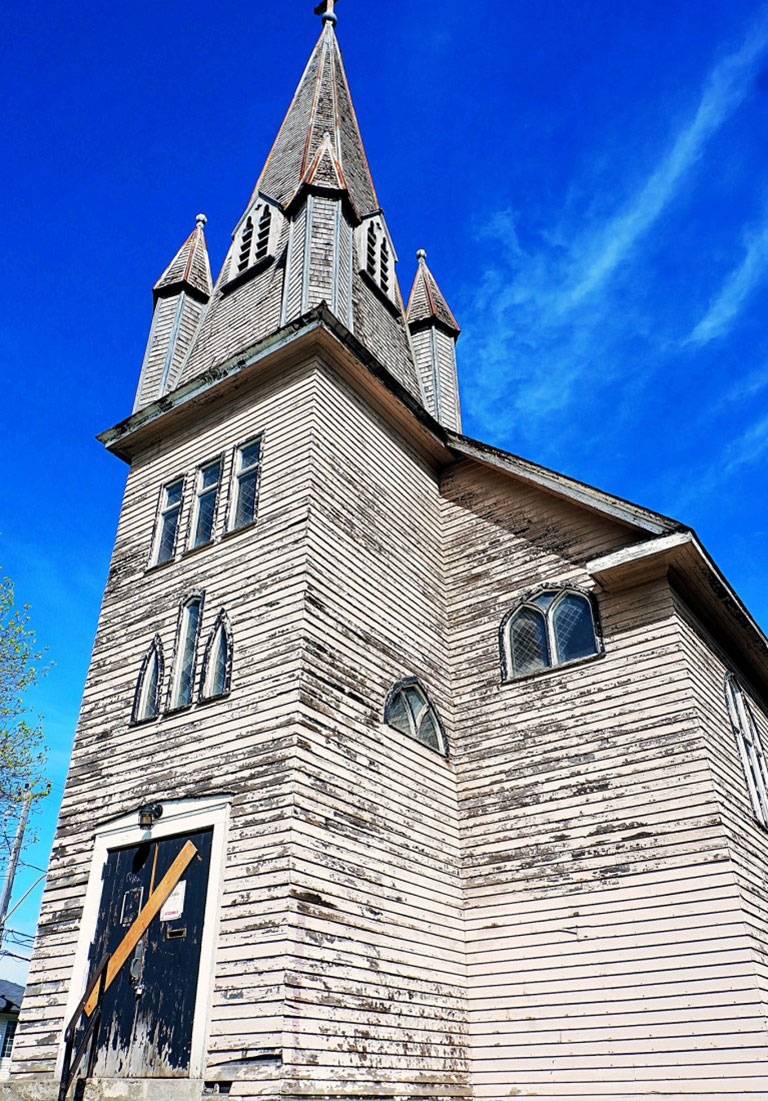
St. Ansgarius Swedish Church – Thunder Bay (Ontario)
The previous articles shed some light on examples of destruction that seemingly thumbed their noses at the heritage value—or historical designation—of places of worship. This is exactly the case with St. Ansgarius Swedish Church, in Thunder Bay. The church was constructed in the early 20th century on Secord Street, and was used by several Protestant religious groups. Transformed into housing in 1986, the former place of worship was poorly maintained and then abandoned.
This was followed by a period of slow decay due to a lack of maintenance by the owner and the laissez-faire attitude of municipal authorities, which had, in fact, designated the building as a historical site. In June 2018, demolition had begun, erasing an important trace of Swedish immigration in the region.
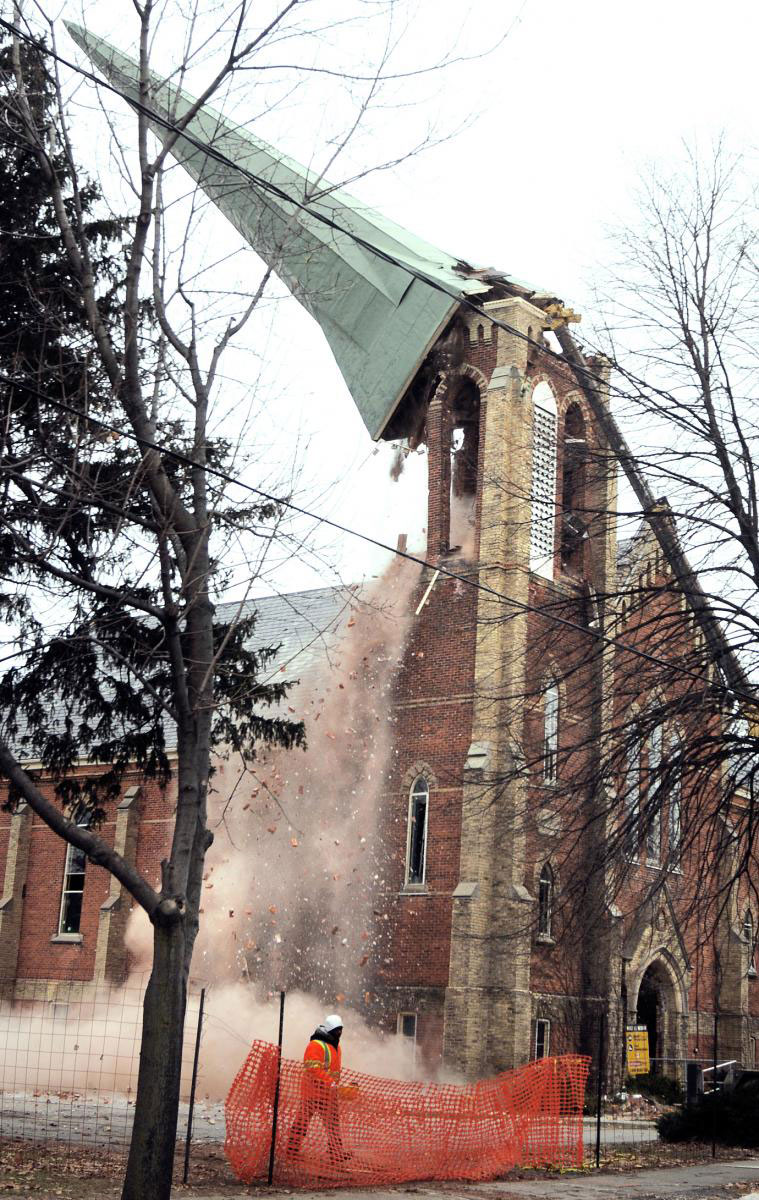
Erie Street United Church – Ridgetown (Ontario)
The Erie Street Methodist Church, built in 1875, became the Erie Street United Church in 1925. The Protestant place of worship was used for close to 135 years before being razed in 2009. Its trustees had, in fact, received an offer to purchase that met their criteria but nevertheless started demolition during discussions surrounding the sale.
While it may seem illogical for a congregation to demolish its own church, the fact that municipal and provincial authorities did not step in—if only to delay the demolition—while the community had taken significant and serious steps to preserve the church, seems even more unjustifiable.

